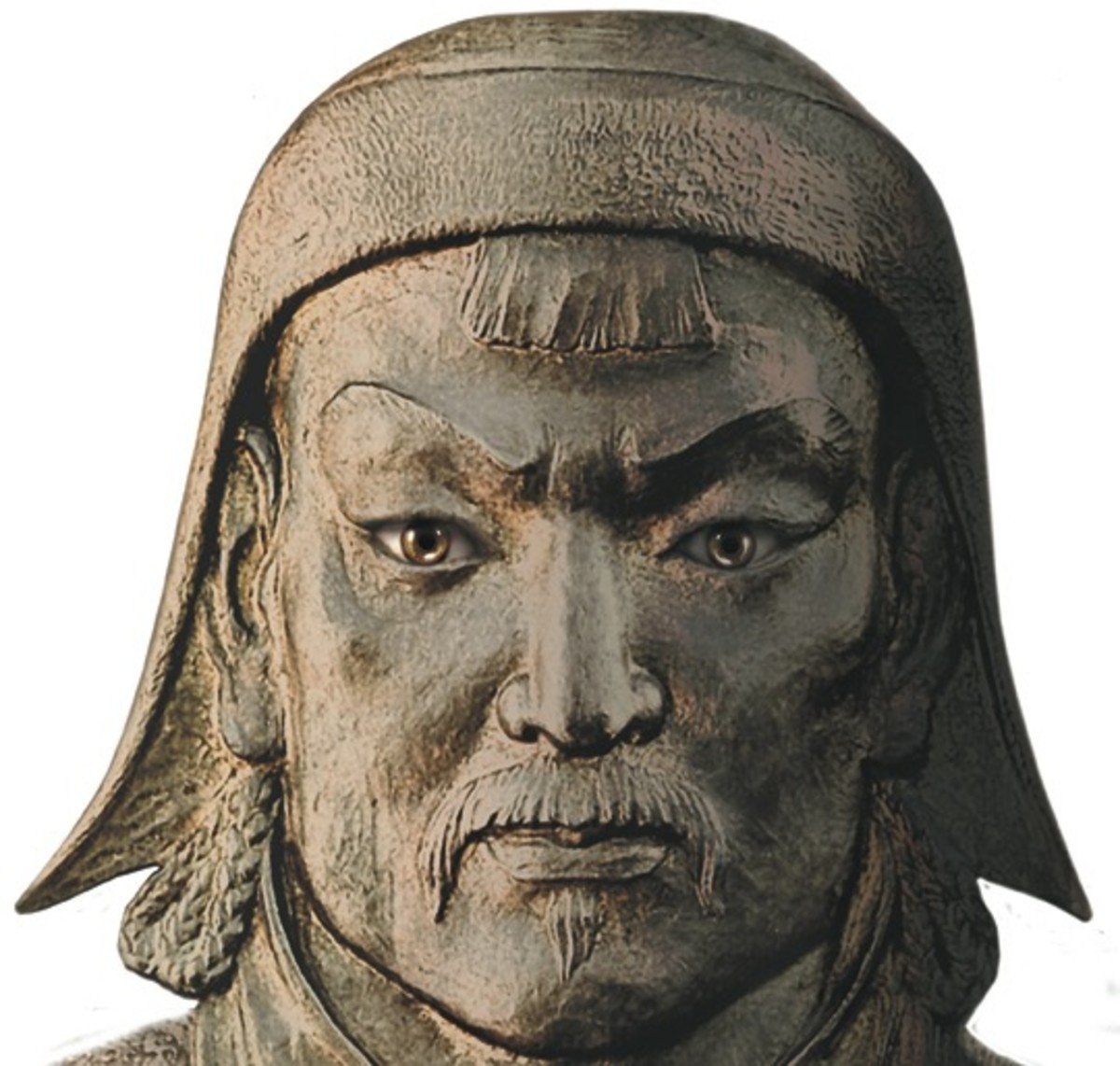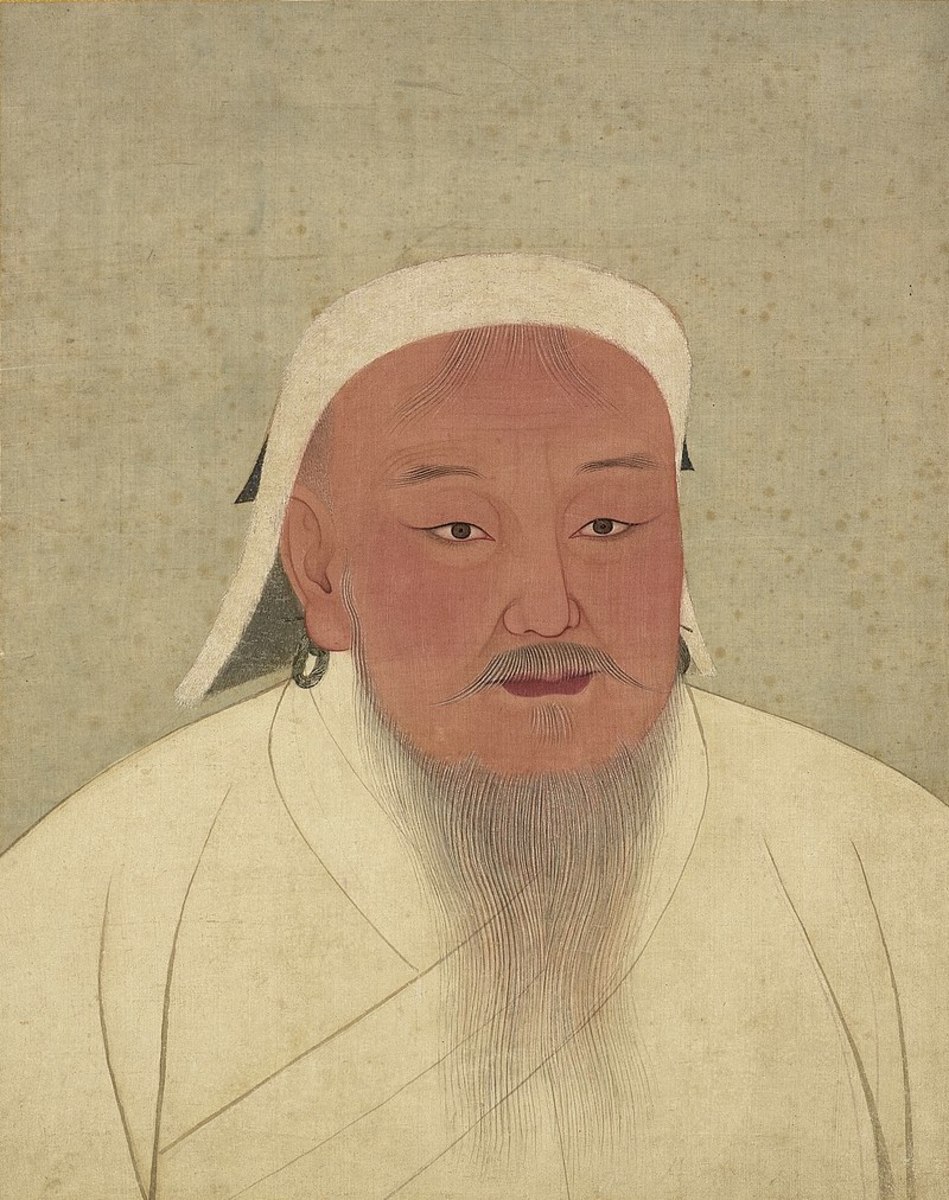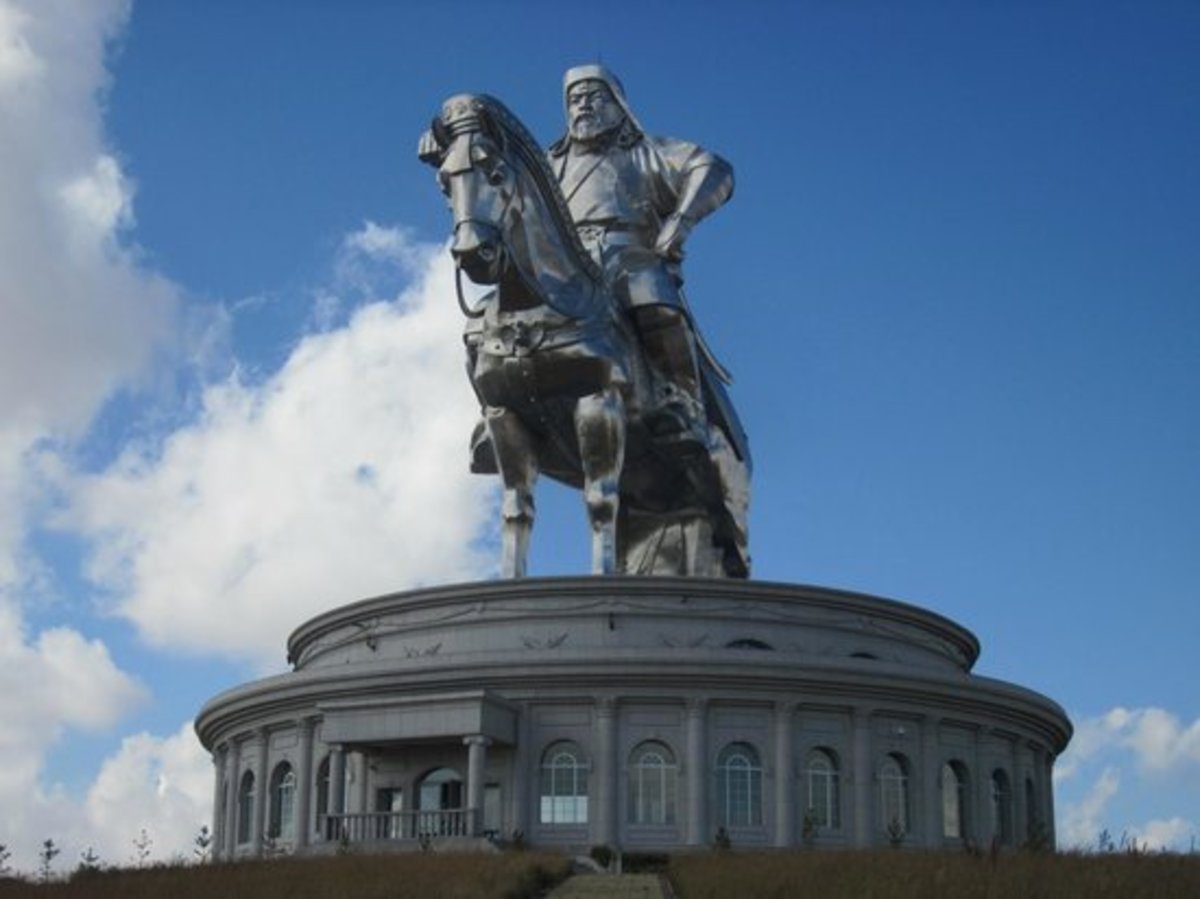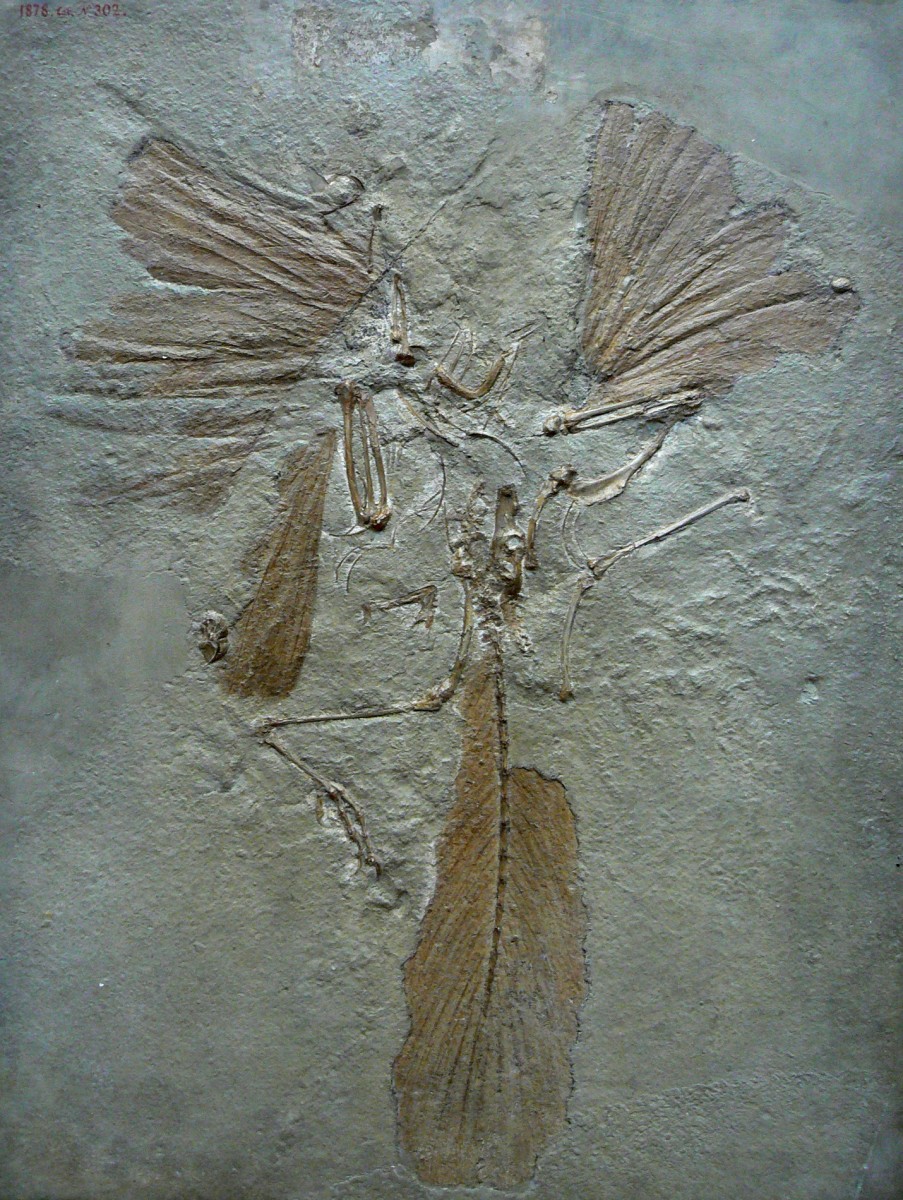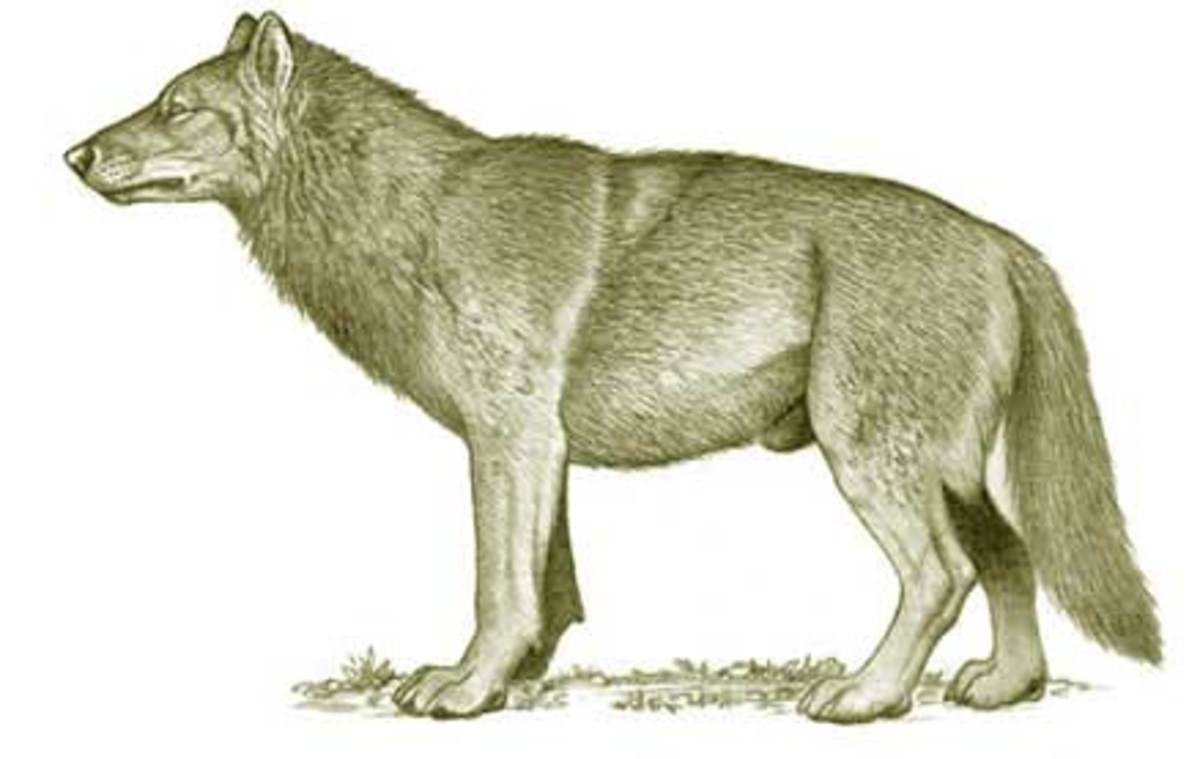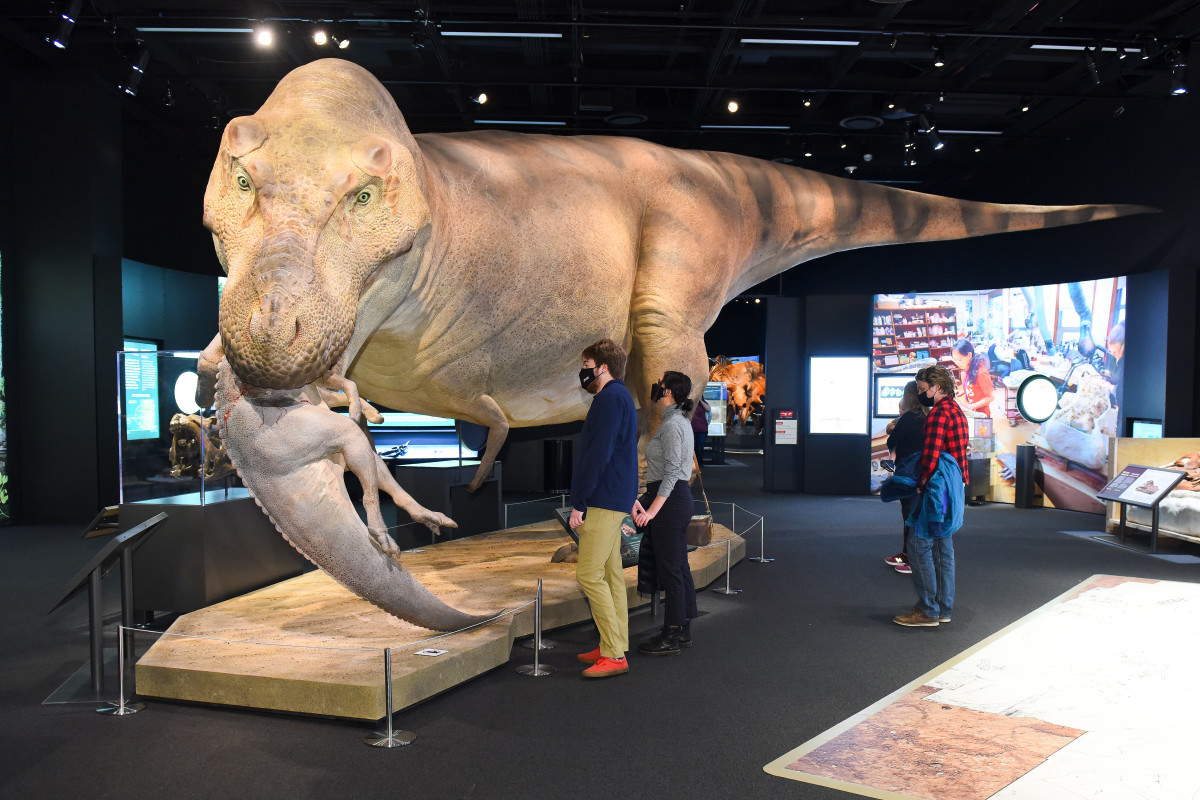- HubPages»
- Education and Science»
- Life Sciences»
- Paleontology»
- Prehistoric Life
Dynasties on Display: An Interview with Don Lessem
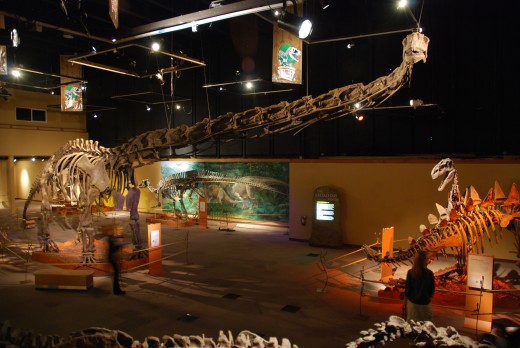
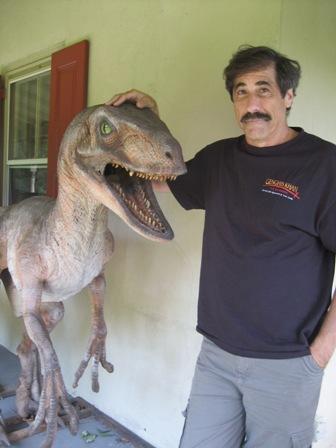
Don Lessem is an exhibit creator, author, and movie and theme park consultant. He has also participated in fossil expeditions on four continents, served as a scientific adviser for the Jurassic Park films, and is the founder and president of Exhibits Rex. Since 1993, this organization has constructed and toured paleontological and anthropological exhibits across the world, including Chinasaurs and Genghis Khan. In addition, Mr. Lessem has written science-related articles for publications like The New York Times and Slate and has authored dozens of books about prehistoric life for both young and adult readers, such as Kings of Creation, Bigger Than T-Rex, and Dinosaurs to Dodos: An Encyclopedia of Extinct Animals.
I met with him last week to discuss exhuming dinosaurs, vindicating the Mongols, and crafting exhibits around each.
With the abundance of dinosaur and Mongol literature out there, what do you tend to reject and what do you consult experts about when writing a book or exhibit labels?
With dinosaurs, I talk with a lot of people and weigh the information based on the reliability of those people. If I read and hear about something from one scientist, I might be less quick to believe him than another scientist. There's so little data and so much hyperbole that it's important to go to people who avoid hyperbole.
With the Mongols, I'm even more of an outsider, so I have to rely even more on scholars, but fortunately there's more information. I'm interested in something new that can be revealed, and with Genghis Khan and the Mongols, it's how much we as Westerners don't appreciate them and their advances.
In the end, in any book or exhibit, it's more about what you leave out than what you leave in; it's important to concentrate on the words and themes that get people excited about them.
Your academic background was in primatology and East Asian art history. How and when did dinosaurs enter the picture?
They were in the picture until I was nine. I went to the American Museum of Natural History every weekend that I could.
I got back into them in 1988 via a newspaper I worked for in Boston, when I started covering the two most famous paleontologists of the time, Bob Bakker and Jack Horner. I followed their expeditions around Utah and Montana and was more fascinated this time with the process of digging dinosaurs than the actual dinosaurs. The excavations, the theories, and the oddball people themselves.
What’s been the biggest surprise in your coverage of paleontology?
How few people do it. I wanted to write a book surveying how many people dug up dinosaurs and thought it would be an insurmountable task. At the time, however, there were only thirty-five people doing it, so I could meet them all. I assumed there would be more, due to the appeal of dinosaurs and the fact that they lived all over the world.
A second surprise has been how little the science in the field has changed over the past one hundred and fifty years. The analysis, though, has changed and is now completely different.
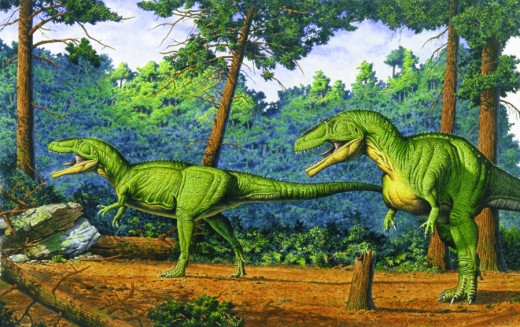
Shortly after the release of the first Jurassic Park film, the world was introduced to Giganotosaurus, a meat-eating dinosaur from Argentina larger than T. rex. How did you become involved in resurrecting this creature?
I went to the SVP (Society for Vertebrate Paleontology) conference in Seattle in 1993. [The Argentine paleontologist] Rodolfo Coria, who was then just a grad student, did one of the poster sessions and he had a photo of a femur from an unnamed theropod. He discussed what needed to be done to excavate it and how little it would cost. I thought there was a lot of popular interest in this, and if I got the right amount of money and the right people, he could mold it, cast it, and mount it.
In retrospect, it took a lot of guts to do it. I didn't know what I was doing, but the people I got together did. It was very generous of Coria, too, to trust some guy he didn't know to put this thing together.
You’ve also excavated fossils elsewhere. Could you tell us a bit about those expeditions?
Sure.
There were a lot of other digs; each had its own characteristics. There were always a lot more questions about how you get these animals out than the animals themselves. In Alaska, in particular. All the excavation is on federally-protected land, after the breeding of peregrine falcons in late July and before winter starts in September. And the next year, the next ice dam is gonna take all the fossils from last year away.
The biggest dig I've been on (financially, at least) was in Inner Mongolia in 1988. It was very interesting because it was the first collaboration between Western and Eastern scientists to find dinosaurs. We followed Roy Chapman Andrews' maps from the 1920s; we had to find where he was before finding dinosaurs. I was fascinated with him as a kid, so it was great to go to the places where he had been, especially the Flaming Cliffs of Mongolia.
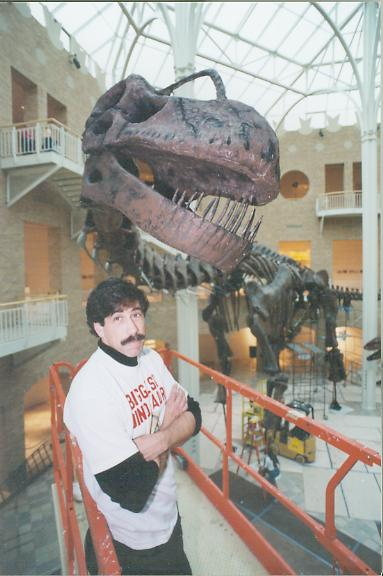
In addition to writing about and excavating dinosaurs, you’ve also created exhibits showcasing these animals. What led you to this trade?
I was an adviser to the first Jurassic Park film and was friendly with Michael Crichton, who was generous to support the non-profit I was running at the time. When filming was over, a friend who cast dinosaurs suggested that we put together an exhibit with movie props and skeletal casts to show what was wrong with the film. Spielberg was fine with it, so Universal Pictures went along with it too. We put together the exhibition and raised a couple million dollars for research.
Unlike books or articles, exhibits are more open to feedback. If people don't like something in an exhibit, you can change it. It's not permanent either, but it's more lasting than an article or a TV show you wrote.
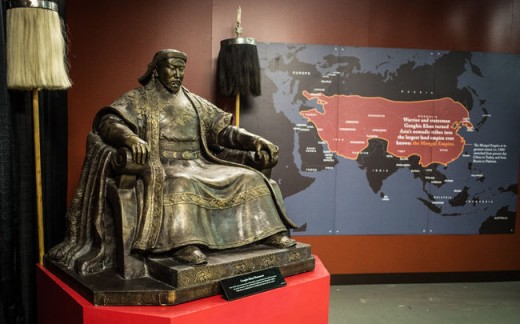
One of your most recent exhibits focuses on Genghis Khan. What drew you to this figure?
I was in Mongolia for the dinosaurs and got into the horse-based, nomadic culture there. Genghis Khan is like a god there, not the barbarian I read about in high school. I was interested in how an uneducated outcast put together a very sophisticated way of organizing a society and became an unparalleled genius at warfare.
What would you argue is his single greatest legacy?
Pants!
[Seriously] The main legacy is that he was the biggest and most lasting link between East and West. He's the reason for paper money, passports, violins, lemons, diplomatic immunity, gunpowder. Eating with a fork, playing cards. So many things we take for granted as "Western".
Genghis Khan did a lot more good than he's given credit for, though he was certainly brutal in the context of his time.
What was lost was a very fair empire. Millions would have been better off if it had lasted. It promoted freedom of religion and meritocracy, and there was a high value placed on education, security, and widespread trade. Unfortunately, that didn't last.
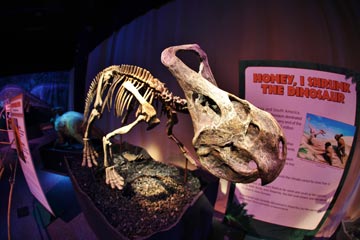
Apart from the time difference and access to sources, how does trying to tell an 800-year old story differ from trying to convey one from 80 million years ago?
Same challenge, but different answers: One is a person, so the challenge is bringing a person to life. There are more sources, but still a lot of uncertainty about his motivations and personality. With dinosaurs, the focus is different because the animal itself is often so big and overwhelming that it speaks for itself.
Re-presenting a person known for all the wrong reasons in a foreign culture is more complicated, but maybe that's because I know dinosaurs better.
What they have in common is that at the end, everybody dies.
What projects are you working on now?
I'm working on a Terracotta warriors exhibition for American and European museums with the Chinese government. It's been covered before, but I'd like to get a sense of the drama of uncovering thousands of soldiers, not just the ten that go into an exhibit.
I'm also building an exhibit on medical anomalies and abnormalities, because of our changing view of what we used to call "freaks" and how they changed how we view anatomy. I also didn't like the Bodies exhibits. I thought they were superficial.
I'm helping another exhibit company put together a Chinese dinosaur exhibit, casting skeletons from around the world and selling the remaining casts that I have. I'm also emptying my warehouse of old Jurassic Park dinosaurs.
The last thing I'm working on is a dinosaur adventure novel, where dinosaurs guard the tomb of Genghis Khan. My solution to getting dinosaurs into the modern world is that they never died. If it was true, Mongolia would be the most likely place for it to happen due to the miniscule changes in the region [since the Cretaceous Period]. The problem is Mongolians like meat so much that they might have eaten them by now.

